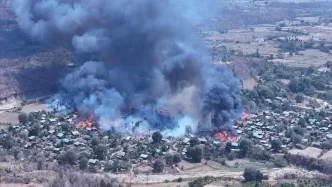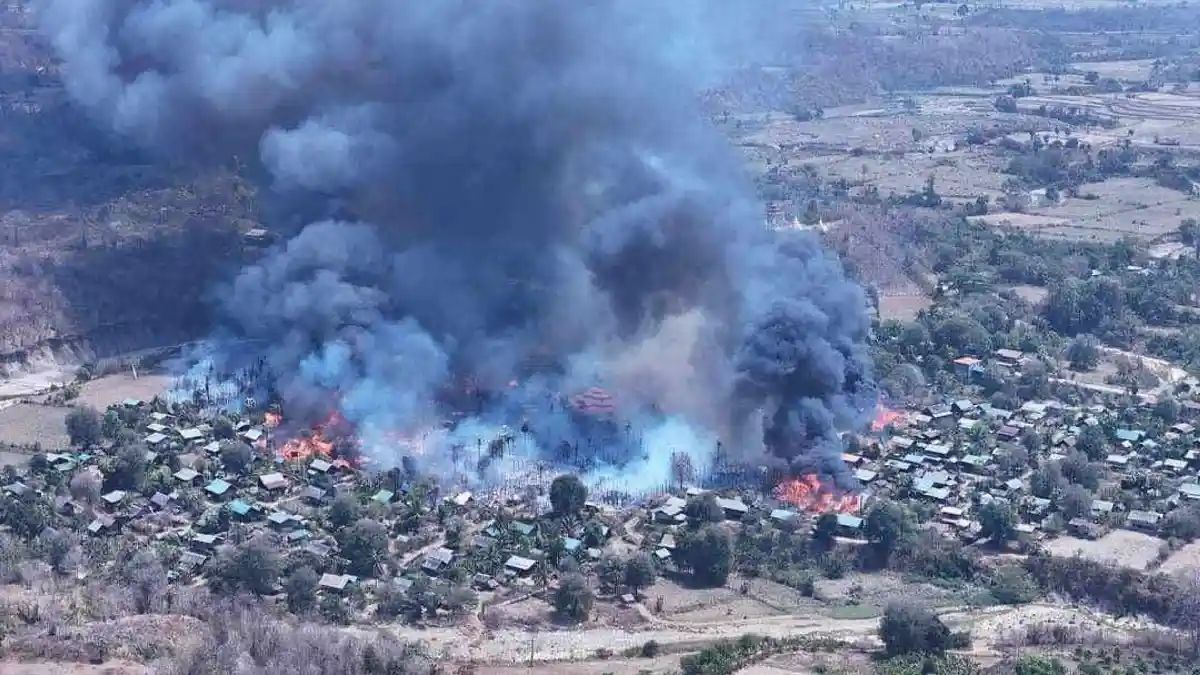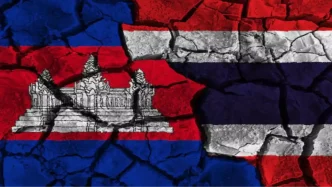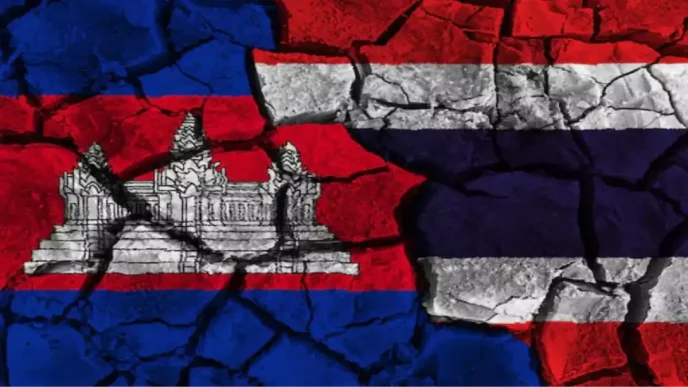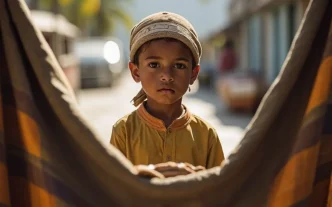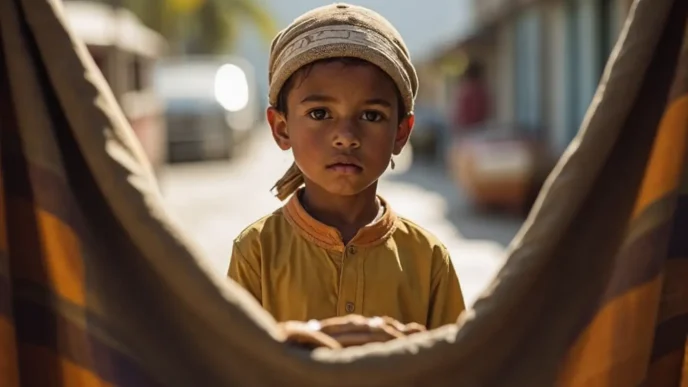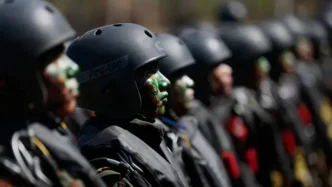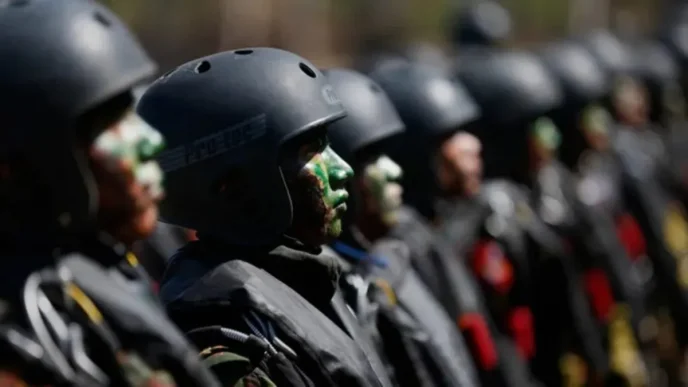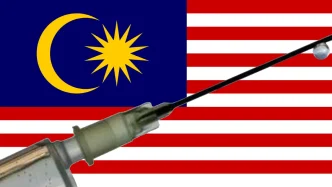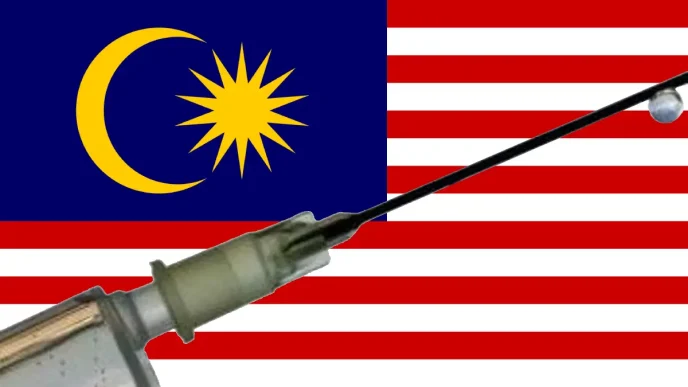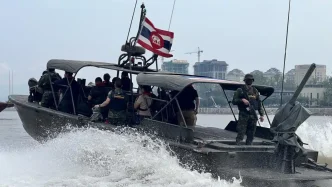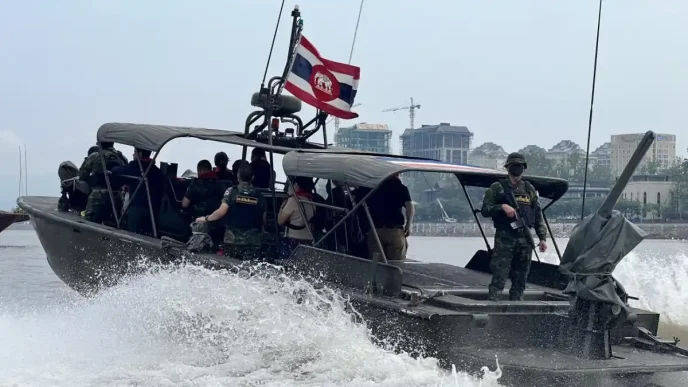At least six people, including four children, were killed in a series of airstrikes and shelling by Myanmar’s military junta, earlier this month, in Magway, as fierce clashes with resistance forces continue. The attacks left dozens injured across four villages, highlighting the devastating toll of the conflict on civilians caught in the crossfire.
Devastation in Pauk Township
The violence erupted as resistance groups battled to block a junta military supply convoy along the Pauk-Pakokku highway, a critical route in central Myanmar. According to local sources, the junta deployed warplanes to launch multiple airstrikes across the township, targeting areas where civilians reside. The attacks came days after a military convoy arrived in the region, intensifying an already volatile situation that has persisted since late May.
In Sha Khwa Lay village, a six-year-old girl was killed instantly during the bombardment, while her father sustained severe injuries to his thigh, according to a local administrator affiliated with the National Unity Government (NUG), Myanmar’s shadow civilian authority. Another young girl, aged between five and six, also lost her life in the same village. Across the township, at least 27 people—13 men and 14 women—were injured, with several children and elderly individuals among the wounded in Tha Nat Pin Zin village, located just a mile northeast of a pro-junta militia stronghold.
The human cost extended to Nyaung Pin Taik village, where a 56-year-old man and two nine-year-old boys, who were cousins, were killed. The man and one of the boys succumbed to their injuries while en route to a hospital, the NUG administrator reported. Many of those affected were already displaced, having been forced from their homes two months earlier when the junta convoy first passed through the area.
A Military Convoy Under Siege
The root of the current escalation lies in the junta’s attempt to move a massive convoy of 180 vehicles through Pauk Township. Resistance forces claim the convoy is en route to No. 24 weapons factory, while also reinforcing supplies to villages controlled by pro-junta militias. For over two months, the convoy has been stalled along the 45-mile stretch between Pakokku and Pauk, repeatedly intercepted by anti-junta fighters determined to disrupt military operations.
Last week, clashes intensified near Se Wa village, less than four miles southeast of Yae Pyar, a key point along the Pakokku-Pauk highway. During the confrontation, junta troops reportedly launched an arson attack, prompting a fierce response from resistance groups. Although the anti-junta fighters initially repelled the military, a source close to the resistance told local media that the troops mounted a counterattack that evening, supported by heavy artillery and paramotor assaults. The convoy ultimately advanced around Yae Pyar, roughly 13 miles east of Pauk, after the resistance retreated due to a shortage of ammunition.
The violence spilled over into nearby communities, with a shell striking a monastery in Inn Yar village during the same offensive, injuring a monk and a young boy. A resident of Pauk Township described the relentless nature of the assault, noting that junta forces fired more than ten rounds of artillery, spaced roughly ten minutes apart. Further casualties were reported on Tuesday night, when a woman was killed and another injured in Mone Kone village, while two men sustained injuries from shelling in Myauk Bet village.
Civilians Bear the Brunt of Conflict
The airstrikes and shelling in Pauk Township are emblematic of the broader crisis engulfing Myanmar since the military coup in February 2021. The junta’s crackdown on dissent has fueled a nationwide resistance movement, with armed groups and civilian militias challenging the regime’s authority across rural and urban areas alike. Magway Region, located in the country’s central dry zone, has emerged as a hotspot for such confrontations, with its strategic highways serving as critical supply lines for the military.
Civilian casualties have become a grim hallmark of this conflict, as the junta increasingly resorts to aerial bombardments and indiscriminate shelling to assert control. The targeting of villages, often with little regard for distinguishing between combatants and non-combatants, has displaced tens of thousands, adding to the humanitarian crisis. Many of those killed or injured in Monday’s attacks in Pauk Township were attempting to flee their homes, a desperate bid for safety amid the chaos.
Tha Nat Pin Zin village, one of the hardest-hit areas, witnessed scenes of devastation as homes were destroyed by airstrikes. An elderly woman was among the injured, her home reduced to rubble in an attack that underscored the vulnerability of civilian populations. Images and accounts from the ground paint a harrowing picture of loss, with families torn apart and communities struggling to cope with the aftermath.
Resistance and Retaliation
The resistance forces, comprising local People’s Defense Forces (PDFs) and other anti-junta groups, have vowed to continue their fight despite the overwhelming firepower of the military. Their strategy of intercepting convoys and disrupting supply lines has proven effective in stalling junta operations, but it comes at a steep cost. The shortage of ammunition, as reported by fighters near Yae Pyar, highlights the logistical challenges faced by these groups, many of whom rely on limited resources and community support to sustain their efforts.
The junta, for its part, has shown no signs of relenting. The use of warplanes and heavy artillery reflects a scorched-earth approach aimed at crushing opposition, regardless of the collateral damage. Pro-junta militias, often embedded in local villages, further complicate the situation, acting as proxies for the military and exacerbating tensions within communities. The presence of such forces near Tha Nat Pin Zin village, for instance, likely contributed to the intensity of the airstrikes in the area.
International Silence and Local Despair
As the violence in Magway Region escalates, the international community remains largely sidelined, constrained by geopolitical divisions and limited leverage over Myanmar’s military leadership. Sanctions and diplomatic condemnations have done little to curb the junta’s actions, while neighboring countries grapple with the spillover effects of refugees and instability. The Association of Southeast Asian Nations (ASEAN), of which Myanmar is a member, has struggled to enforce a peace plan agreed upon in 2021, with the junta repeatedly flouting commitments to de-escalate.
For the people of Pauk Township, the immediate concern is survival. Displaced families face acute shortages of food, shelter, and medical care, with access to hospitals and aid often blocked by ongoing fighting. The psychological toll of the conflict is equally profound, particularly on children who have witnessed unimaginable loss. The death of four young lives in Monday’s attacks serves as a stark reminder of the generational impact of this war.
A Conflict Without End
The events in Magway Region are a microcosm of Myanmar’s broader struggle, where the quest for power and control exacts a devastating human cost. Resistance forces remain defiant, drawing strength from widespread public opposition to the junta, yet their ability to withstand the military’s superior resources is uncertain. Meanwhile, the junta’s reliance on brute force risks further alienating the population, fueling a cycle of violence that shows no sign of abating.
As the dust settles over Pauk Township, questions linger about the future of this embattled region. Can resistance groups sustain their campaign against a relentless military machine? Will the international community find a way to intervene before more lives are lost? For now, the people of Magway Region endure, their resilience tested by a conflict that has upended their world.
